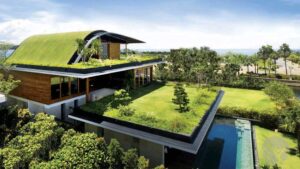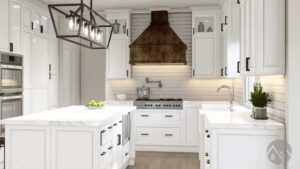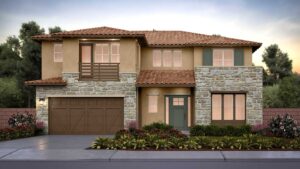Is there actually any difference at all? The answer is YES. 3D modeling and 3D Rendering are two stages of any 3D implementation process. To create a 3D rendering, we need to have made the 3d modeling first.
This becomes the first step of the process because if we do not have the dimensions, shapes, and textures of all the elements that make up the space we are working on, we will never be able to make the final 3d visualization.
In this phase of the process, professional designers add, among other elements, textures such as wood, stone, glass, etc.
Once this first step is completed, the actual 3D rendering process begins. In this phase, also known as 3D visualization, the designer builds his scene by arranging the previously processed 3D models in the given space to create a functional and aesthetic design, adding colors, and setting the “mood” of the final 3D render.
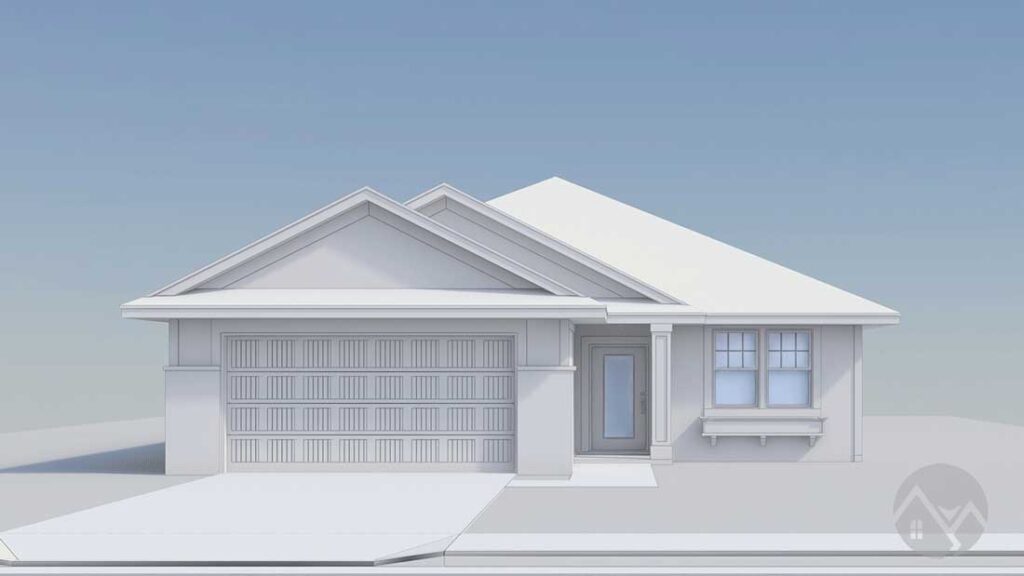


Main benefits of 3D modeling
Making a detailed physical prototype of a future building takes a lot of time. Especially when the models involve a lot of details and require recreating the environment. In this case, preparing a prototype will take weeks.
For many years, 3D modeling was mainly used in the television and advertising industries. But over time, this technology spread and had a huge influence in many fields, including architecture and design.
Architectural models made of plastic or wooden details are fragile and can easily break during transportation. To avoid this, the architect can replace physical prototypes with 3D renderings created by a 3D modeler.
The 3D renderings are digital and therefore do not need to be transported anywhere. In fact, all that needs to be done is to display the 3D renderings on a computer screen or send an online link if the client is far away.
Another aspect to keep in mind when we go over the advantages of 3D modeling is that when the physical models are ready, it is very difficult to introduce corrections to them. So, if the clients decide that they want to change colors or materials, the architect will have to build a new model. This means spending more time, money and possibly putting the whole team to work to get there on time.
But with 3D visuals, the architect doesn’t have to do that. If the project needs corrections, a 3D modeler can simply adjust the 3D visualization in a computer program, and voila, the presentation is updated.
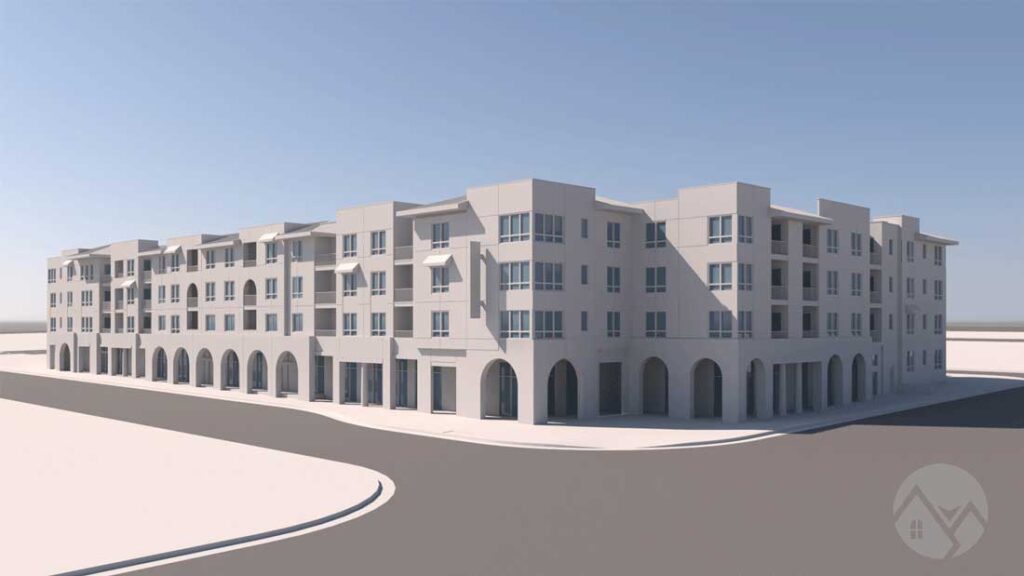

Tell us about your project ideas or just say hello. We are here to bring your projects to life.
Be sure to check out our projects on our Houzz profile, and follow us on Instagram as well to keep up with all our blog posts and other projects.
If you have any questions, feel free to drop us a line. We’ll be happy to help you.

